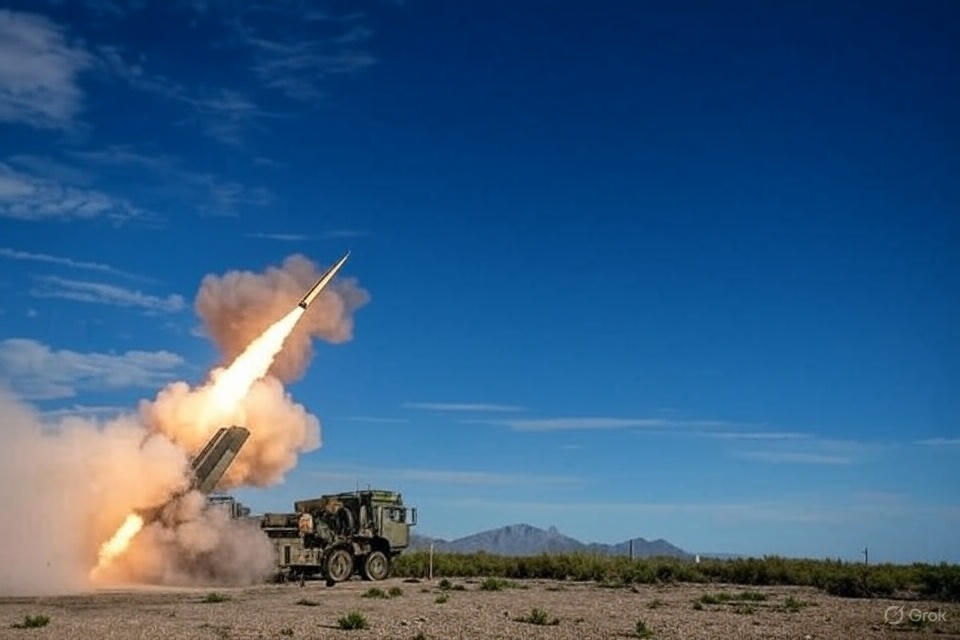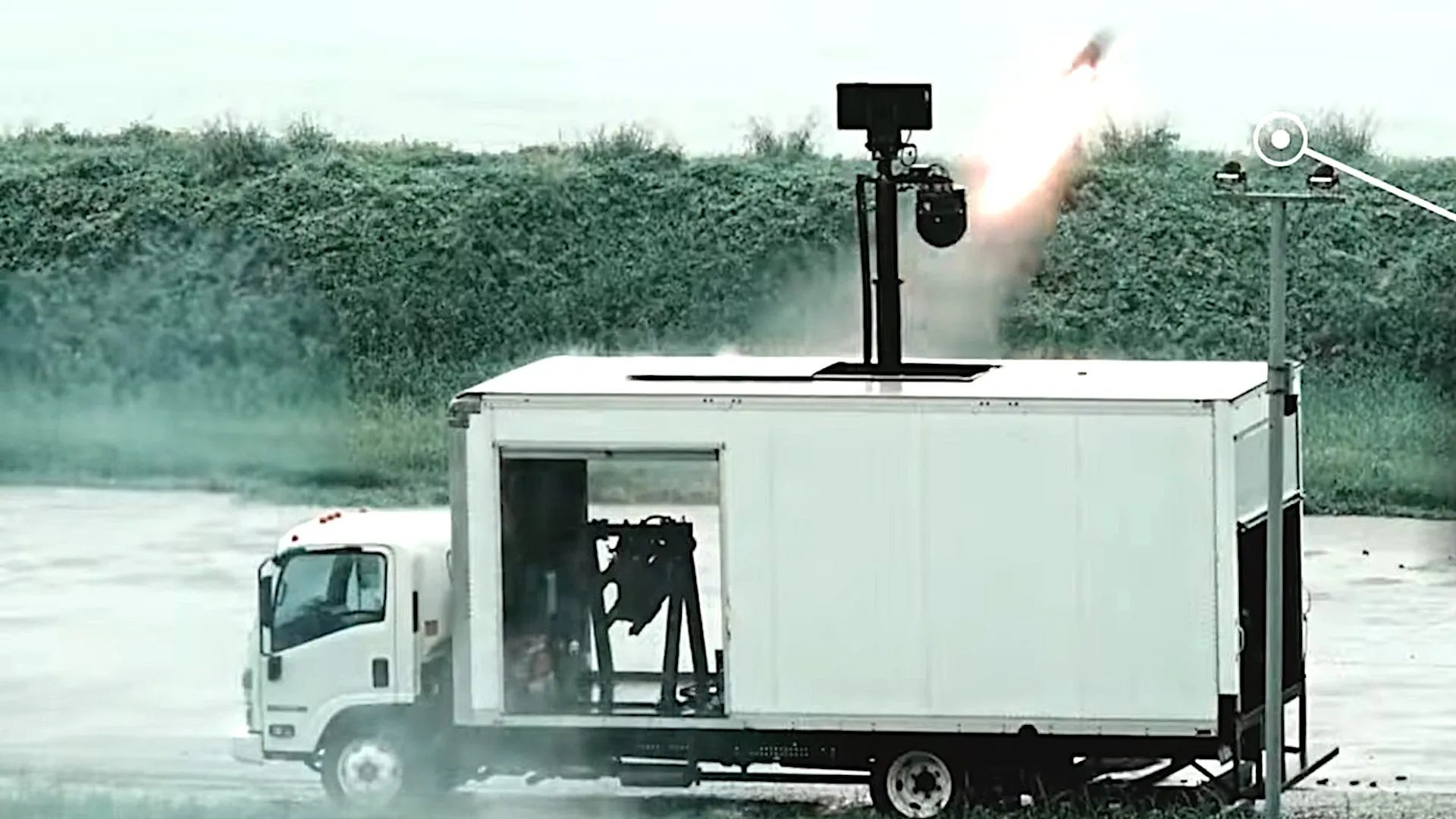In a significant display of its evolving military capabilities, the Chinese People’s Liberation Army (PLA) recently conducted a high-profile amphibious landing exercise near Taiwan, showcasing an increasingly sophisticated integration of unmanned ground vehicles (UGVs) – specifically “robot dogs” – and First-Person View (FPV) drones. This exercise, far from being a routine drill, offers a stark glimpse into the future of modern warfare and underscores China’s aggressive pursuit of technological superiority in potential conflict scenarios.
The inclusion of robot dogs, reminiscent of popular commercial quadruped robots but armed and militarized, represents a critical shift in how ground operations might be conducted. These advanced UGVs are designed to act as forward scouts, operating in dangerous environments ahead of human infantry. Equipped with sensors for reconnaissance, communication systems, and potentially even light weaponry, these robotic companions can navigate challenging terrain, provide real-time intelligence, and even engage targets, effectively mitigating risks to human soldiers. Imagine a scenario where these agile machines can breach defenses, clear obstacles, or secure beachheads under fire, all while relaying crucial data back to command.
Complementing these ground-based robots were swarms of FPV drones. Unlike traditional surveillance drones, FPV drones offer operators an immersive, real-time “cockpit” view, allowing for incredibly precise navigation and targeting. In an amphibious assault, these drones could play multiple roles: providing close-air support, identifying enemy positions, conducting precision strikes on fortified targets, or even acting as decoys to draw enemy fire. Their speed, maneuverability, and relatively low cost make them an ideal tool for saturating defenses and creating chaos on the battlefield, opening pathways for the subsequent landing forces.
The combined deployment of these robot dogs and FPV drones in an amphibious context is particularly noteworthy. Amphibious landings are among the most complex and perilous military operations, often involving significant casualties. By deploying unmanned systems as the spearhead, the PLA is clearly aiming to reduce the human cost of such an endeavor, while simultaneously enhancing the speed and effectiveness of the assault. The robots can absorb initial enemy fire, locate threats, and soften defenses, paving the way for human troops to follow with a higher probability of success.
This exercise is not just about demonstrating new hardware; it’s about showcasing a new doctrine of warfare where human-machine teaming is central. The PLA’s integration of these technologies suggests a strategic intent to leverage artificial intelligence and robotics to create a highly autonomous and adaptable fighting force. This approach seeks to overwhelm adversaries with a combination of traditional and unmanned assets, blurring the lines between conventional and robotic warfare.
Furthermore, the geographical context of these drills – near Taiwan – sends an unmistakable message. While China maintains that these exercises are purely defensive, their timing and nature are widely interpreted as a projection of power and a clear warning regarding Beijing’s stance on Taiwan’s sovereignty. The advanced capabilities demonstrated are undoubtedly intended to serve as a deterrent and, if necessary, as a blueprint for a potential future invasion scenario.
The implications for international defense strategy are profound. Other nations will be closely observing China’s advancements in military robotics, prompting a renewed focus on developing similar capabilities or devising countermeasures. The era of the “robot soldier” and the “drone swarm” is no longer confined to science fiction; it is rapidly becoming a tangible reality, fundamentally reshaping the future battlefield. As these technologies continue to evolve, the ethical, strategic, and tactical considerations surrounding their deployment will become increasingly critical for global security.




